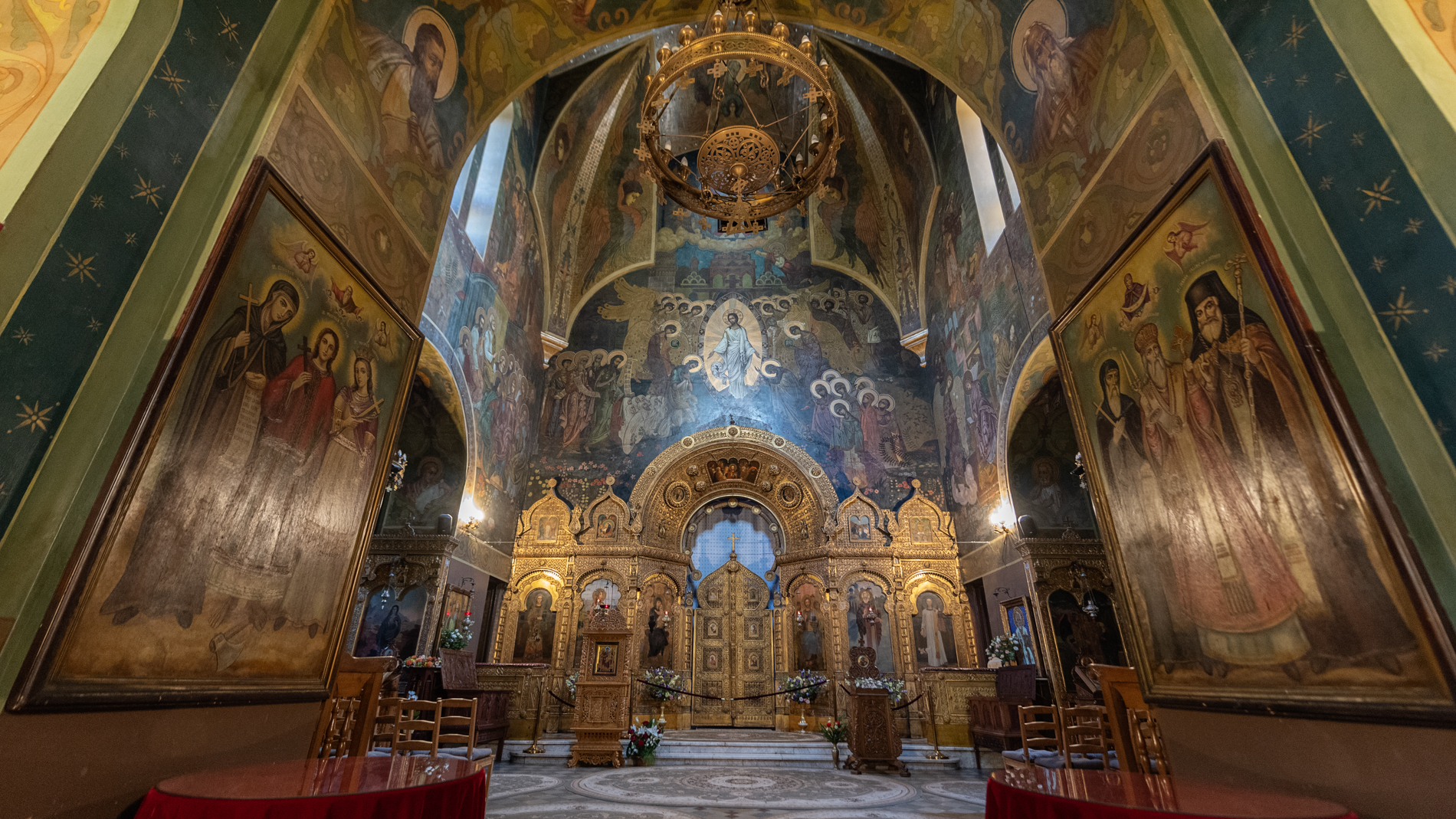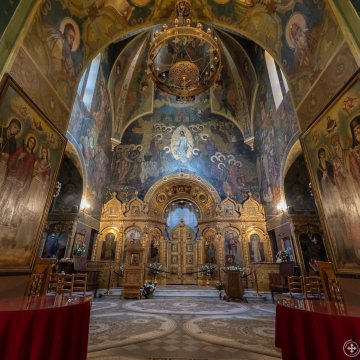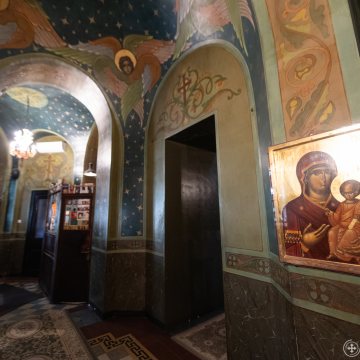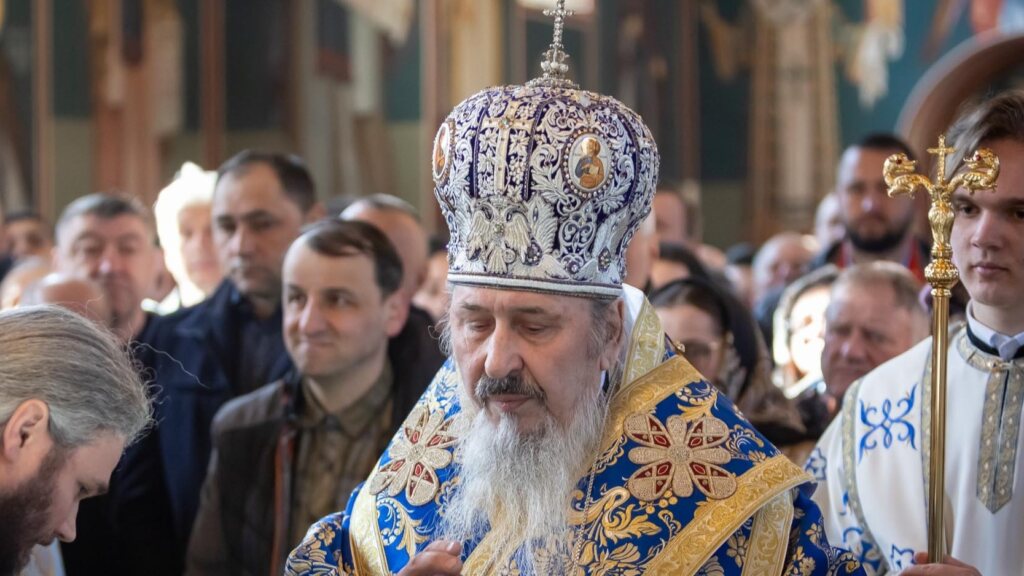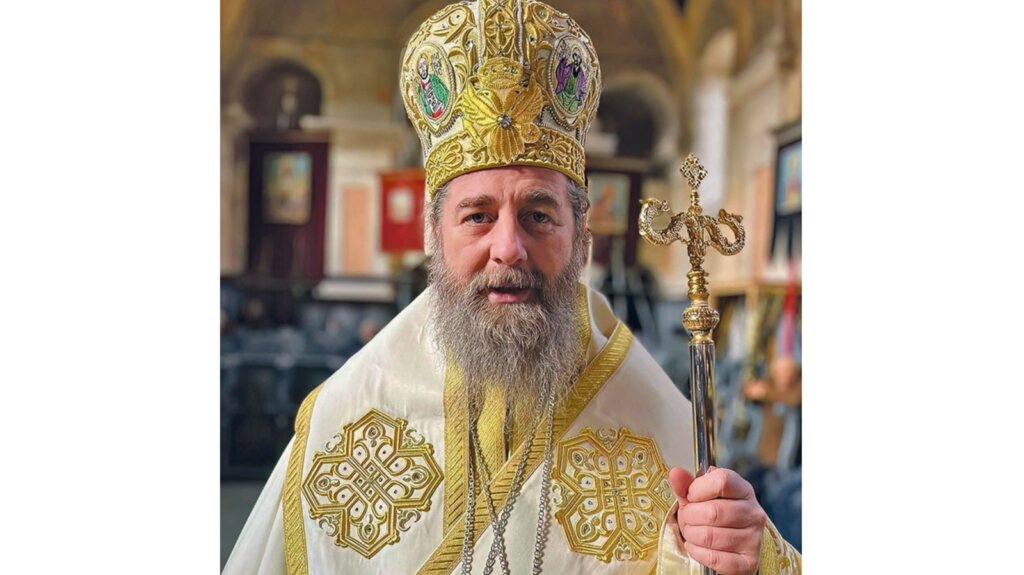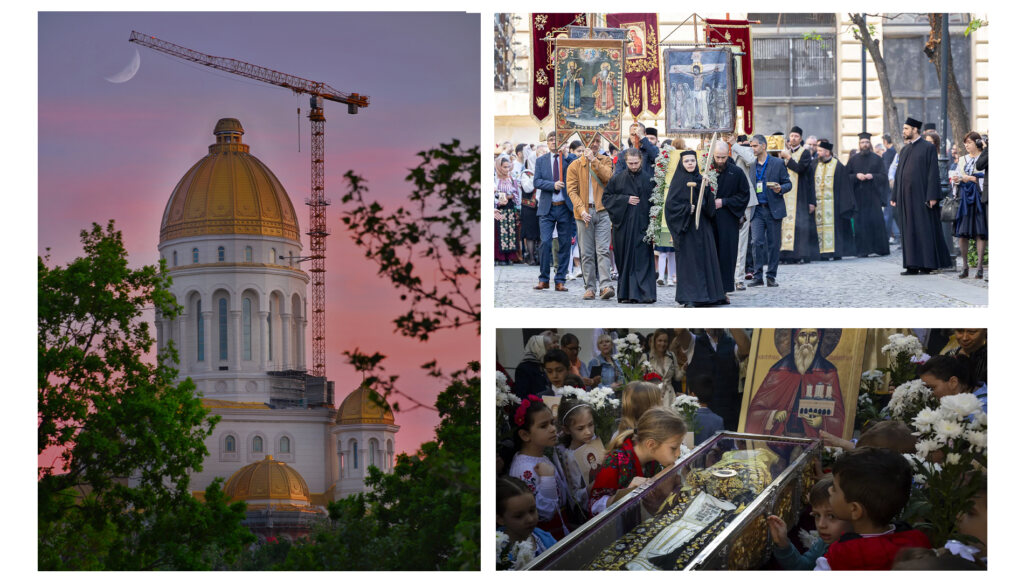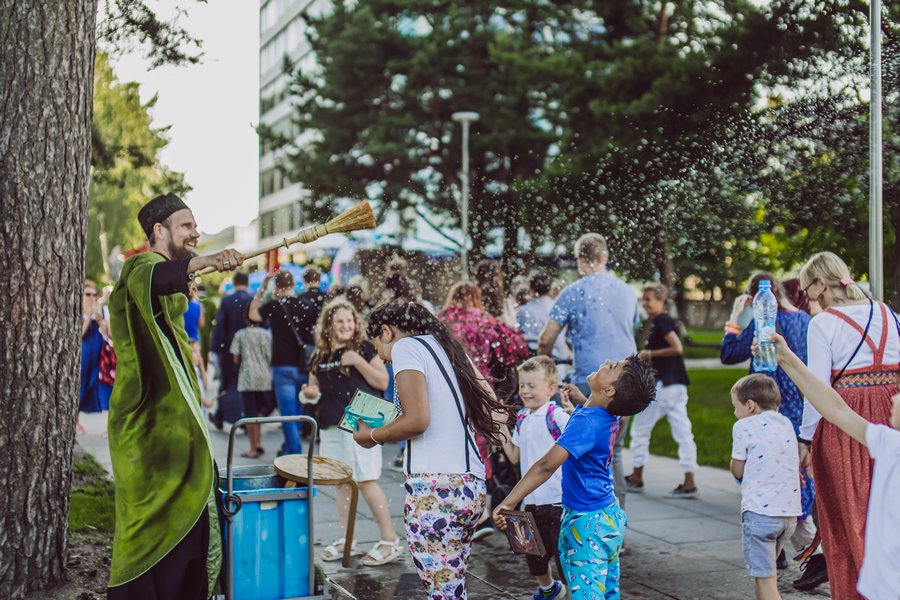On the feast of Saint Silouan the Athonite, we invite you to find out some facts about the first place of worship in Romania that received the holy relics of this pious man: St Nicholas – Ghica Church located in the centre of Bucharest.
The name of the church which functions as a University Chapel is related to the place where it is located: Ion Ghica Street, only a few steps away from the University Square. The place once belonged to the Moscow Patriarchate that is why it is also commonly known as the “Russian Church”.
The monument is an atypical construction, with elements of the Russian architectural style.
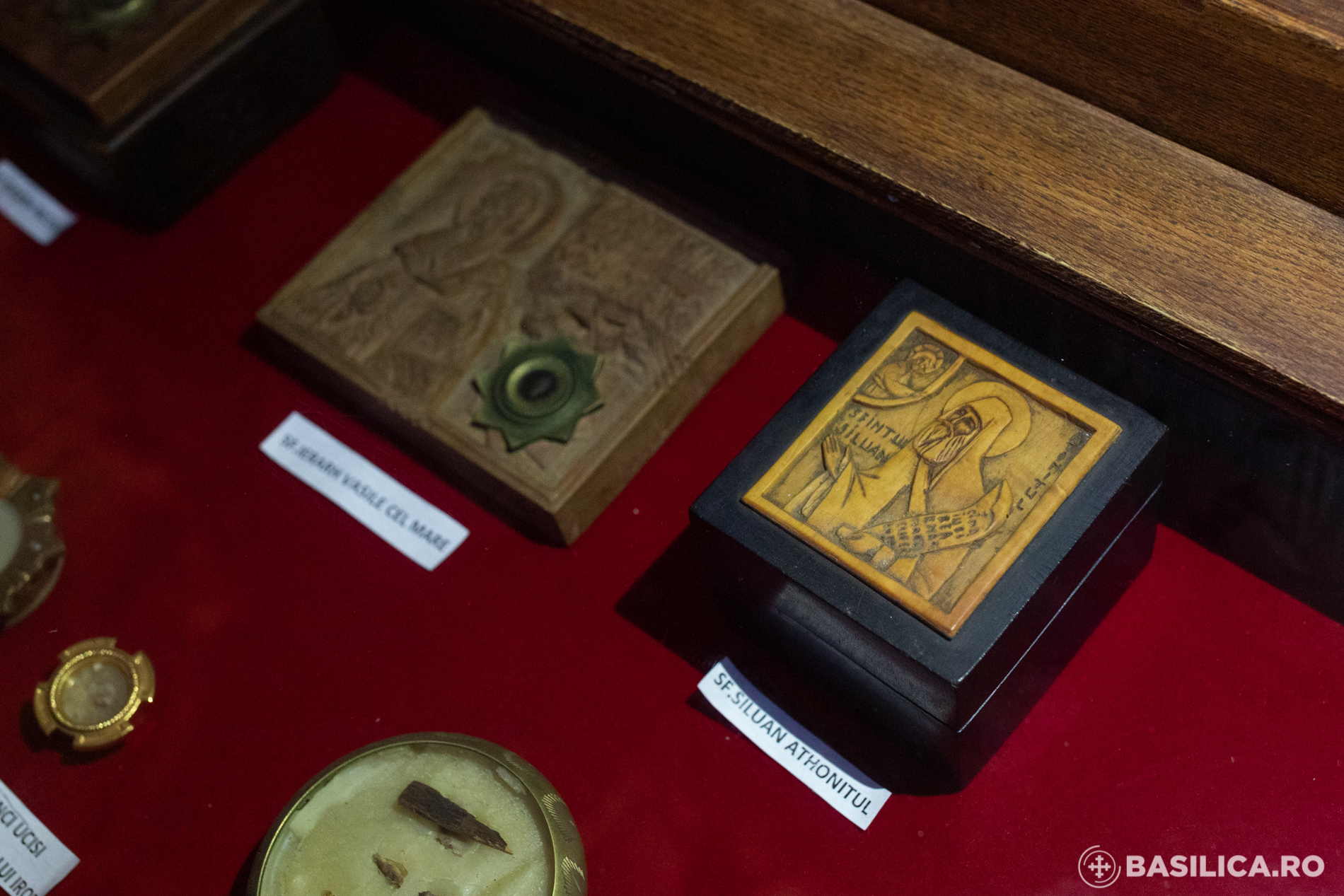
The donation act of the relics of Saint Silouan to St Nicholas – Ghica Church is signed by Archimandrite Sophrony Sakharov, who was canonized in 2019 by the Ecumenical Patriarchate. The fragment found today in the church is part of the relics received by Saint Sophrony of Essex Monastery from St. Panteleimon Monastery on Mount Athos on September 24, 1941. Then the opening of St. Silouan’s tomb took place, three years after his blessed repose.

History of St Nicholas – Ghica Church
The initiative to build this church belongs to the Russian ambassador Mikhail Nicoalevich Giers with the consent of Tsar Nicholas II, who was martyred with his family during the Russian Revolution. The place of worship was offered to the Russian community in Bucharest, and at the beginning of the twentieth century, it was also a means for diplomatic de-escalation in Russian-Romanian relations.
The church was built between 1905 and 1909 by a team of Italian and Russian workers, according to the plans of the architect Preobrazhensky.

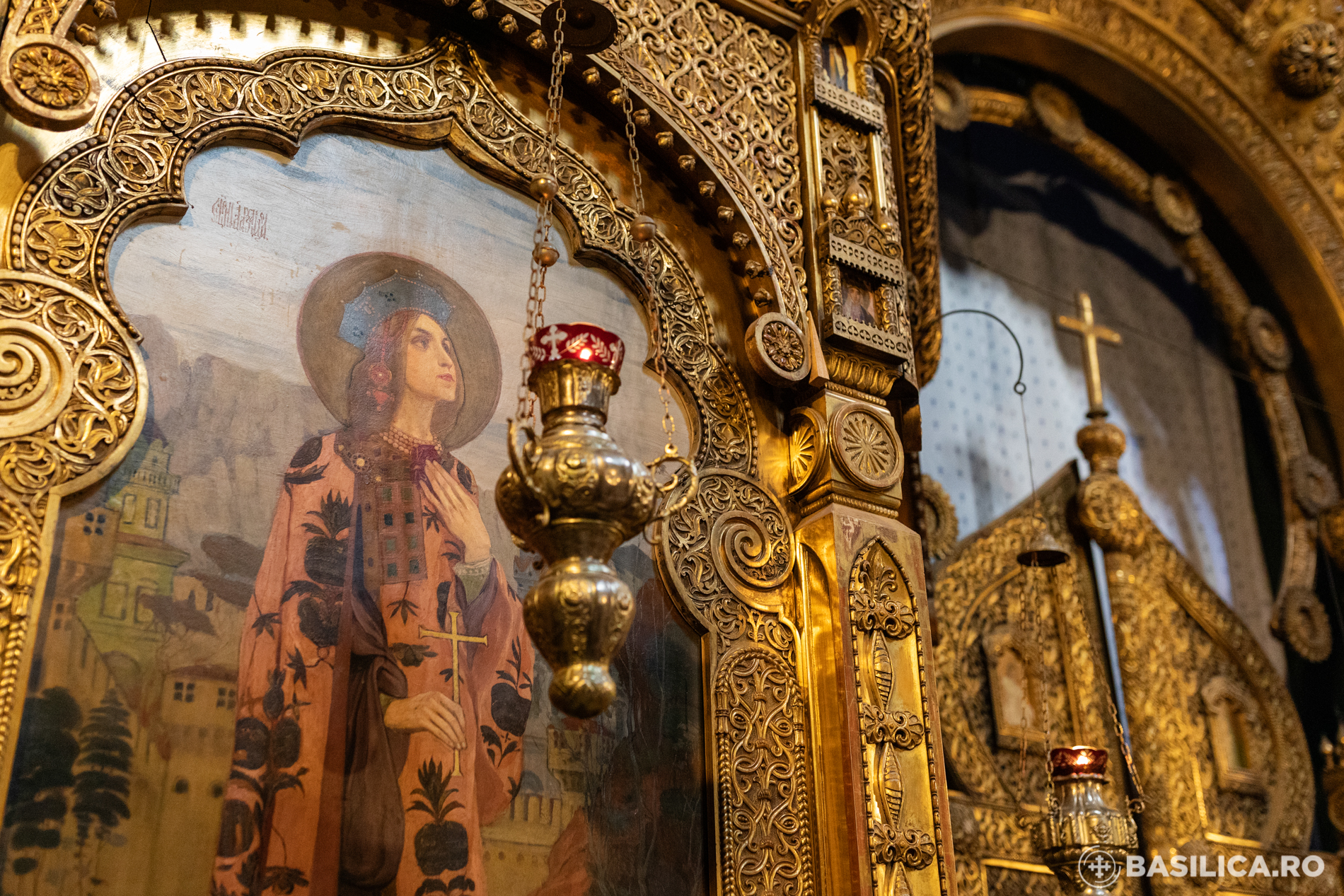
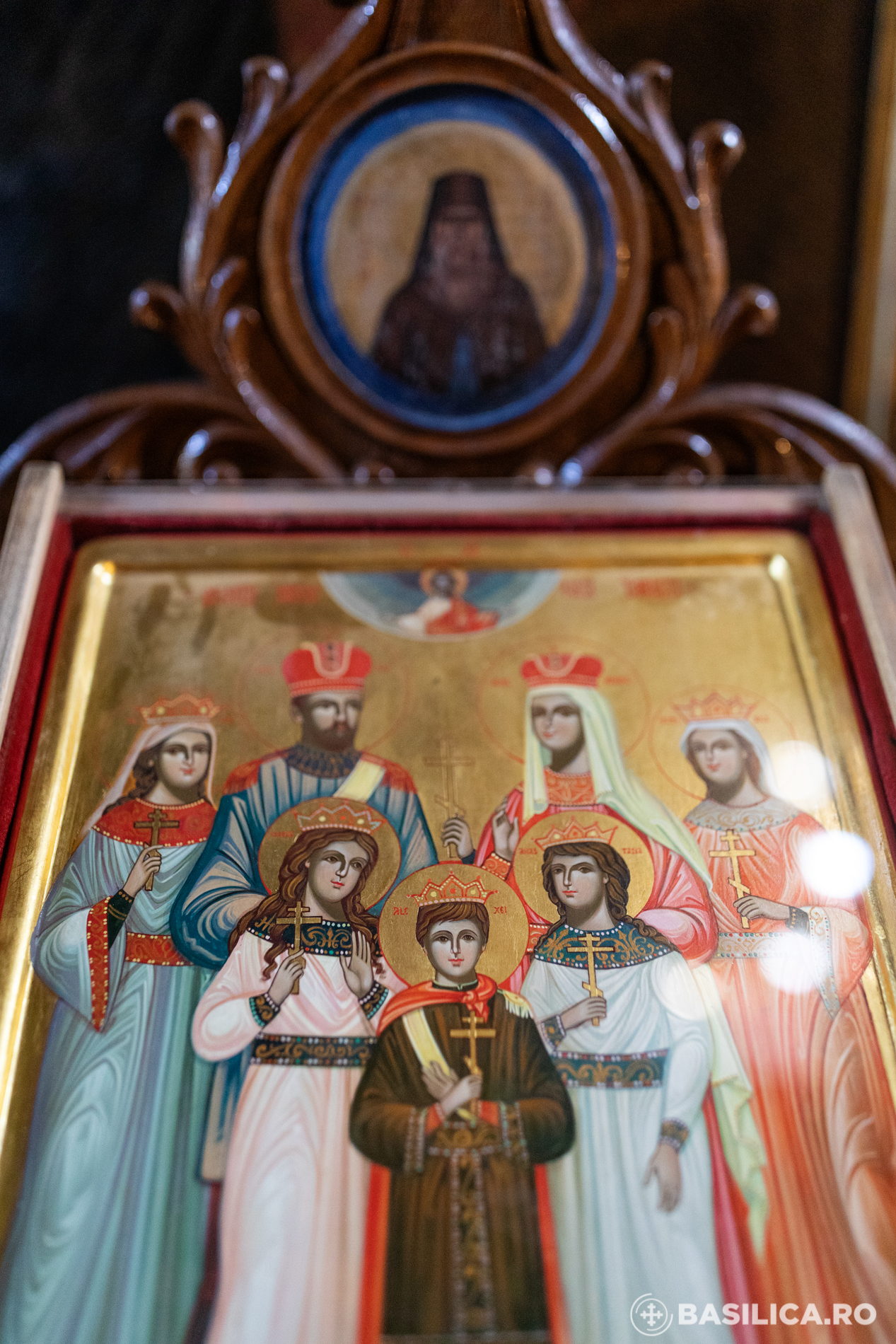
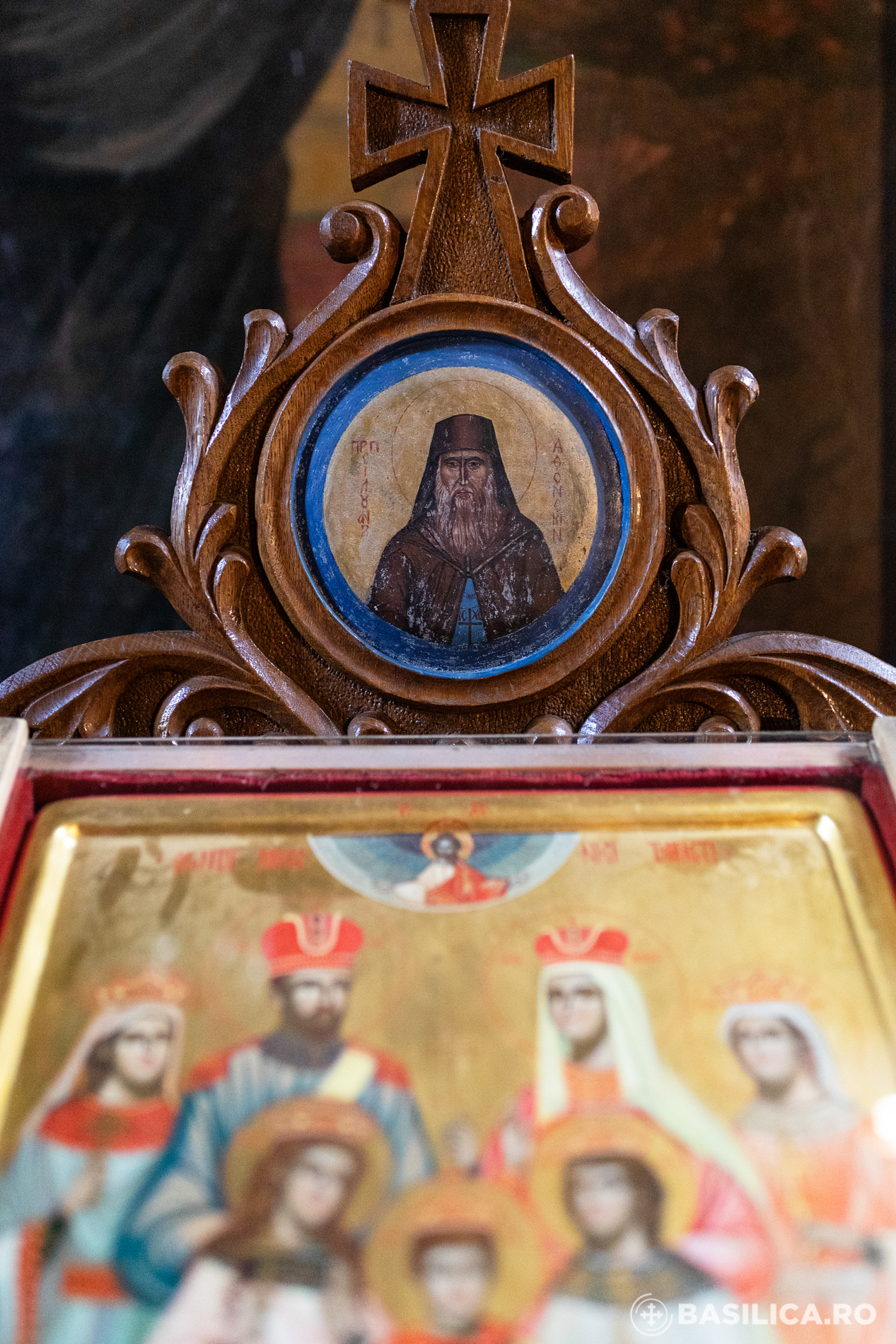
Following the outbreak of the First World War, the church was closed and its religious objects were taken to Iasi and later to St. Petersburg, where they lost track. In 1921, the place of worship was reopened and in 1934 it passed under the jurisdiction of the Romanian Patriarchate, with the role of University Chapel.
The church was reconsecrated in 1948 in the presence of Patriarch Justinian.
Beginning with 1947, for 8 years, the church was again under the jurisdiction of Moscow. The church and the parish house from Episcop Chesarie street no. 9 re-entered the property of the Romanian Patriarchate in 1956, functioning as a parish church.
In January 1992, at the request of the students of the University of Bucharest, it became the Chapel of the University of Bucharest, the first church in Romania with this destination after 1990.
The church’s patrimony
The painting was partially executed in the matte oil technique by the Russian painter Vasiliev, completed in 1948 by the neo-Byzantine painter Cudinov (Art Nouveau).
The most impressive element inside the church is the iconostasis, meticulously sculpted and gilded, executed in Moscow, after the model of the iconostasis inside the Cathedral of the Archangel in the Moscow Kremlin.
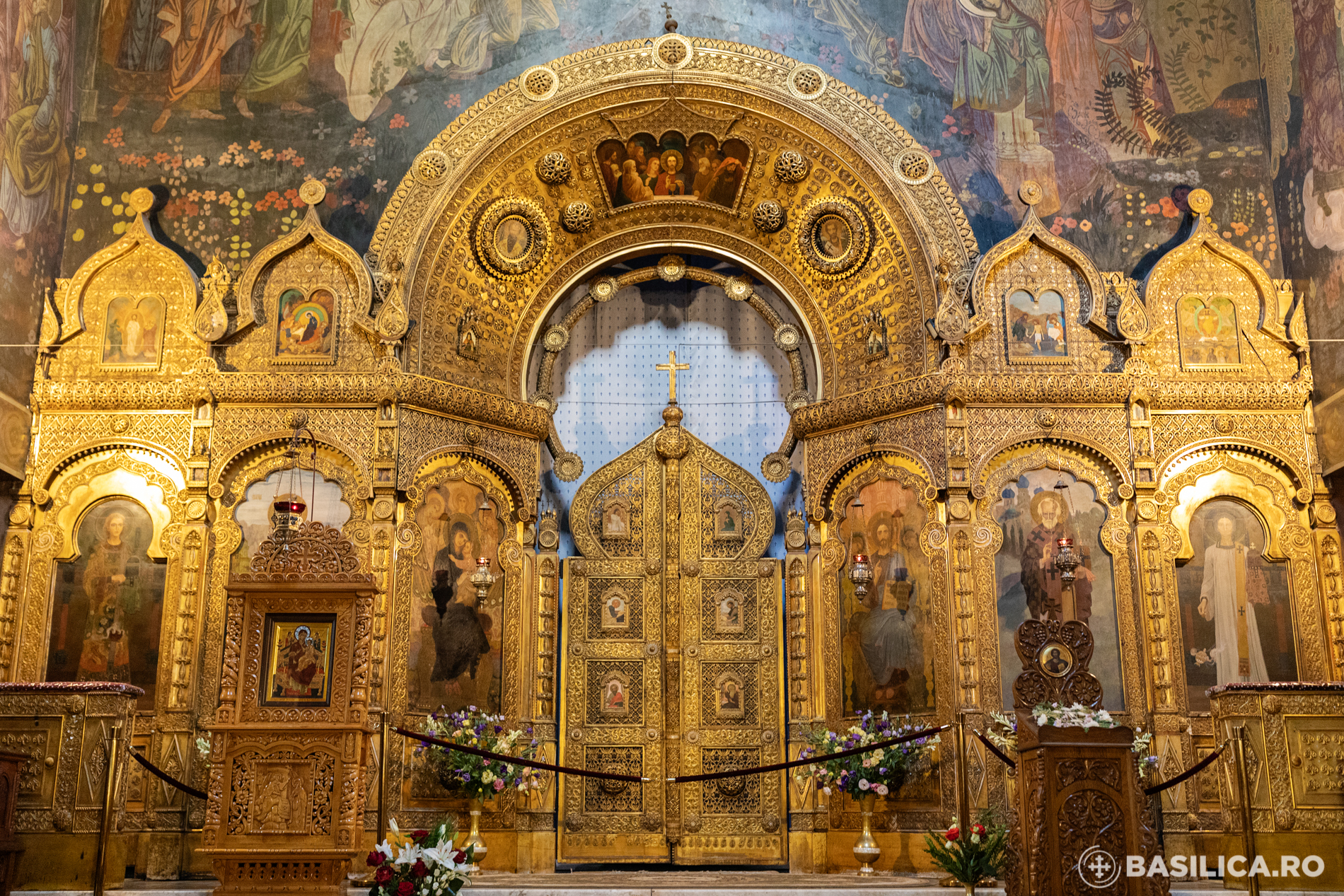
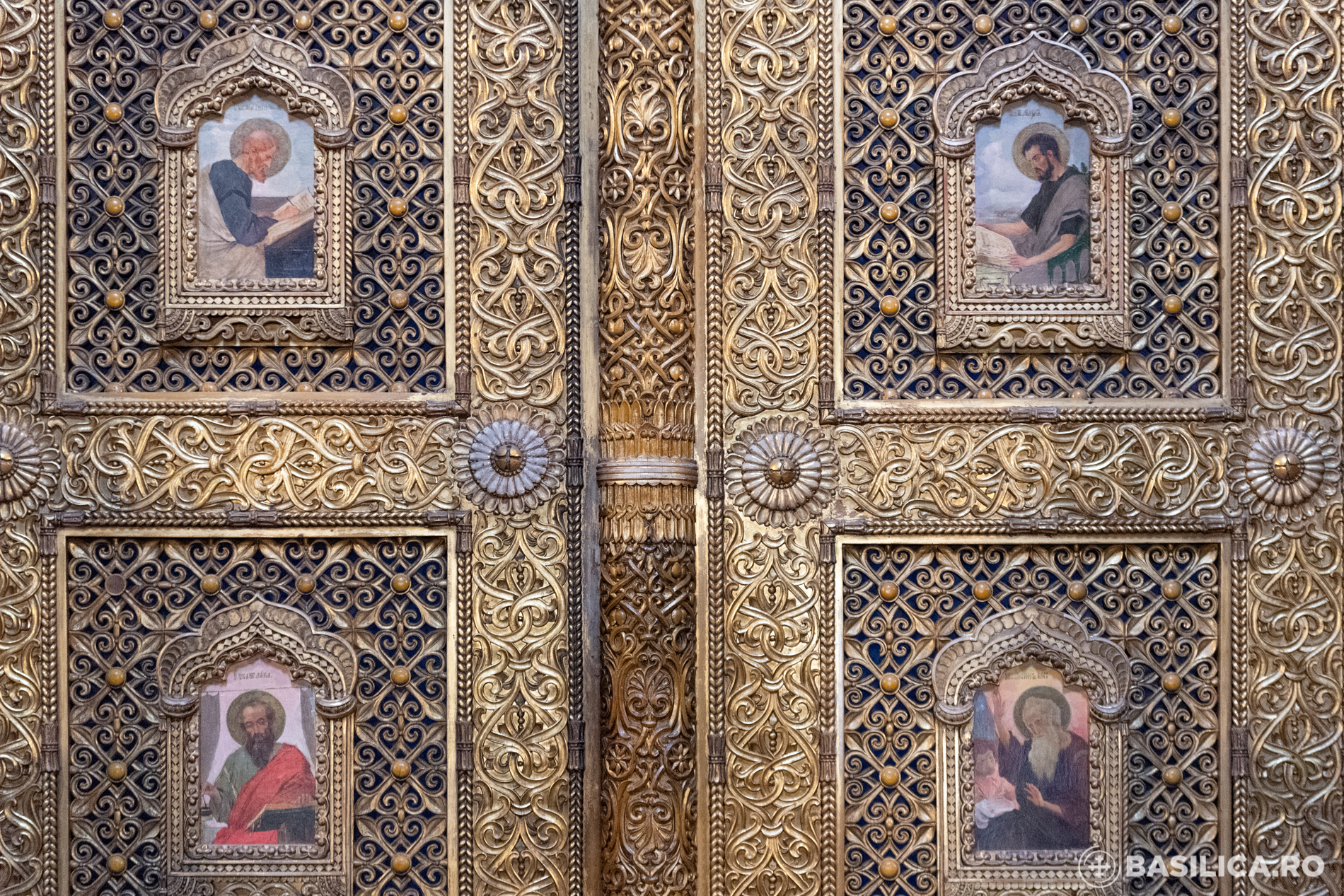


The royal icons were painted by one of the most important representatives of the neo-Russian style, Viktor Mikhailovich Vasnetsov, the author of the famous facade of the Tretyakov Art Gallery in Moscow.



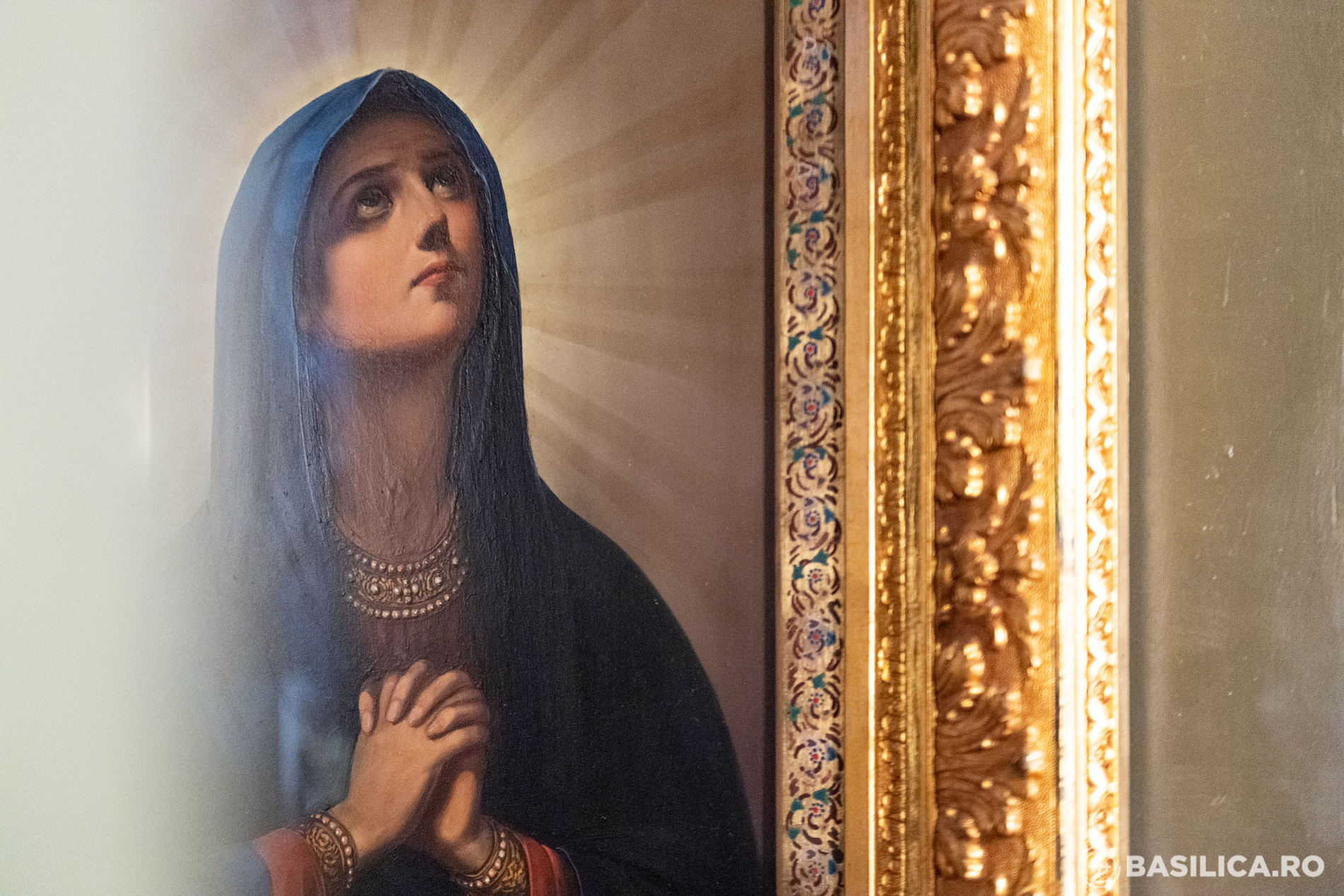
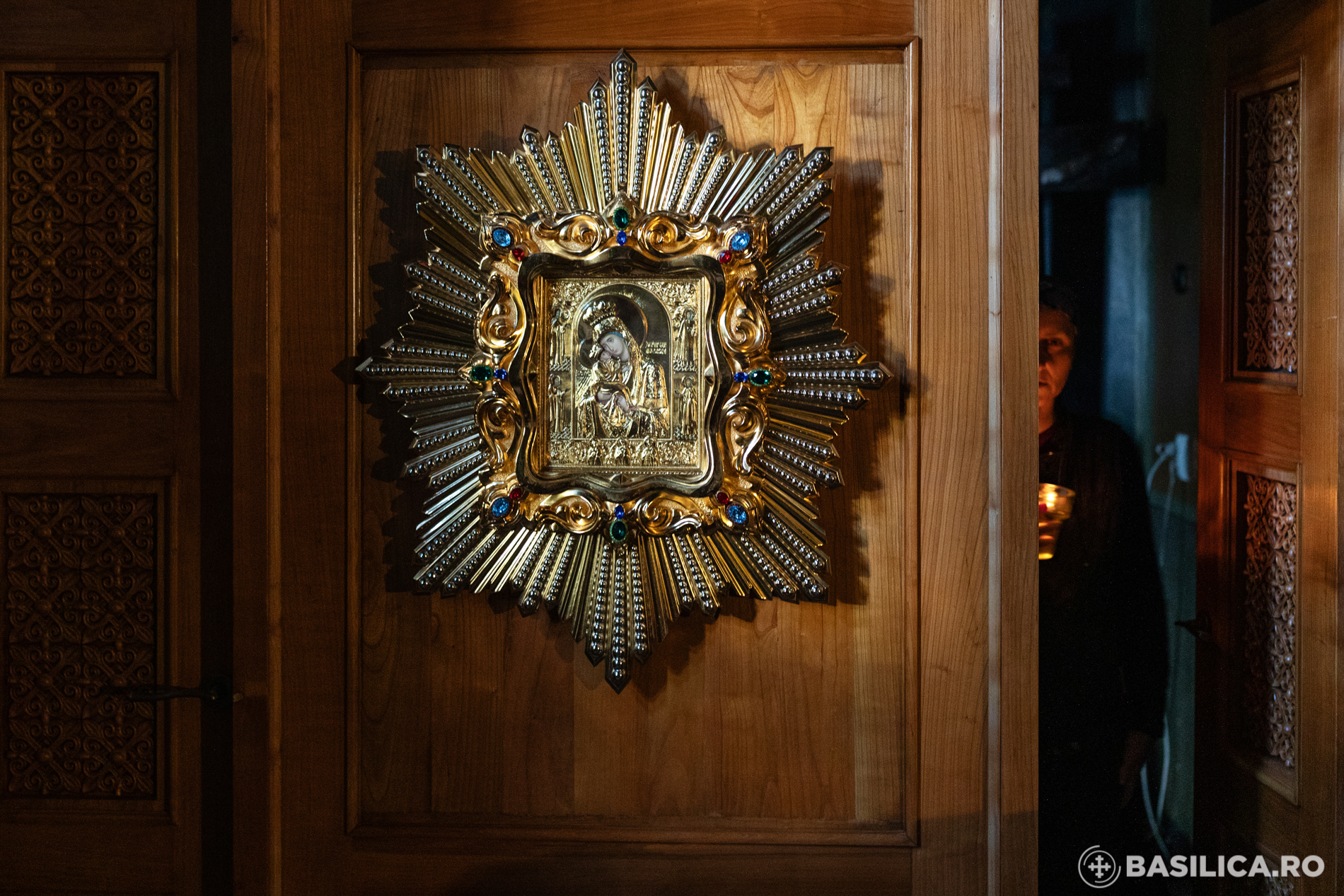

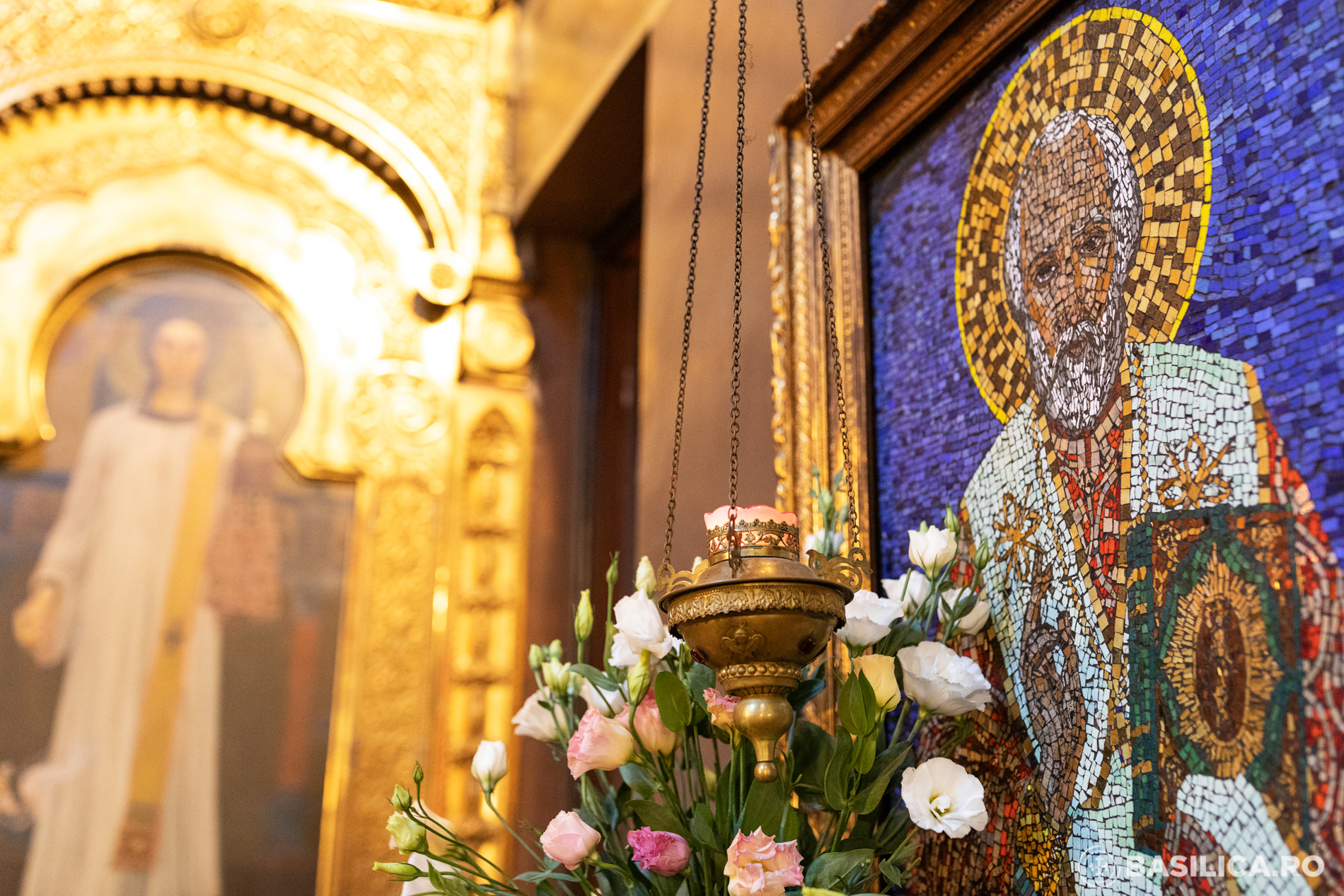

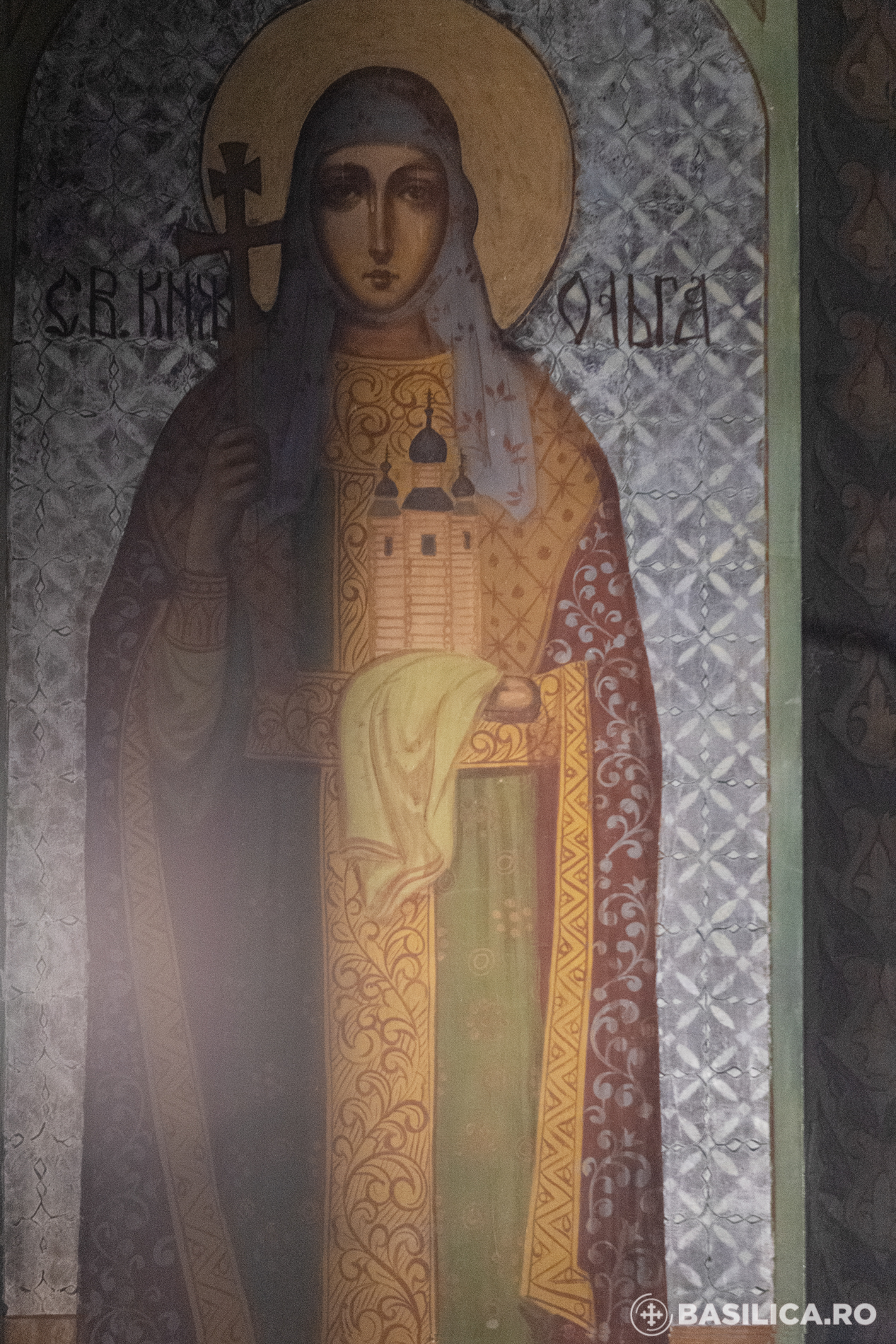

On the outside, the spectacular element is represented by the seven towers, of which the main dome with a height of 35 meters stands out. The frames of the towers have the shape of onion bulbs, characteristic of Russian church architecture, and the roofs are now made of patinated copper sheet, which replaced the original gilded roofs.
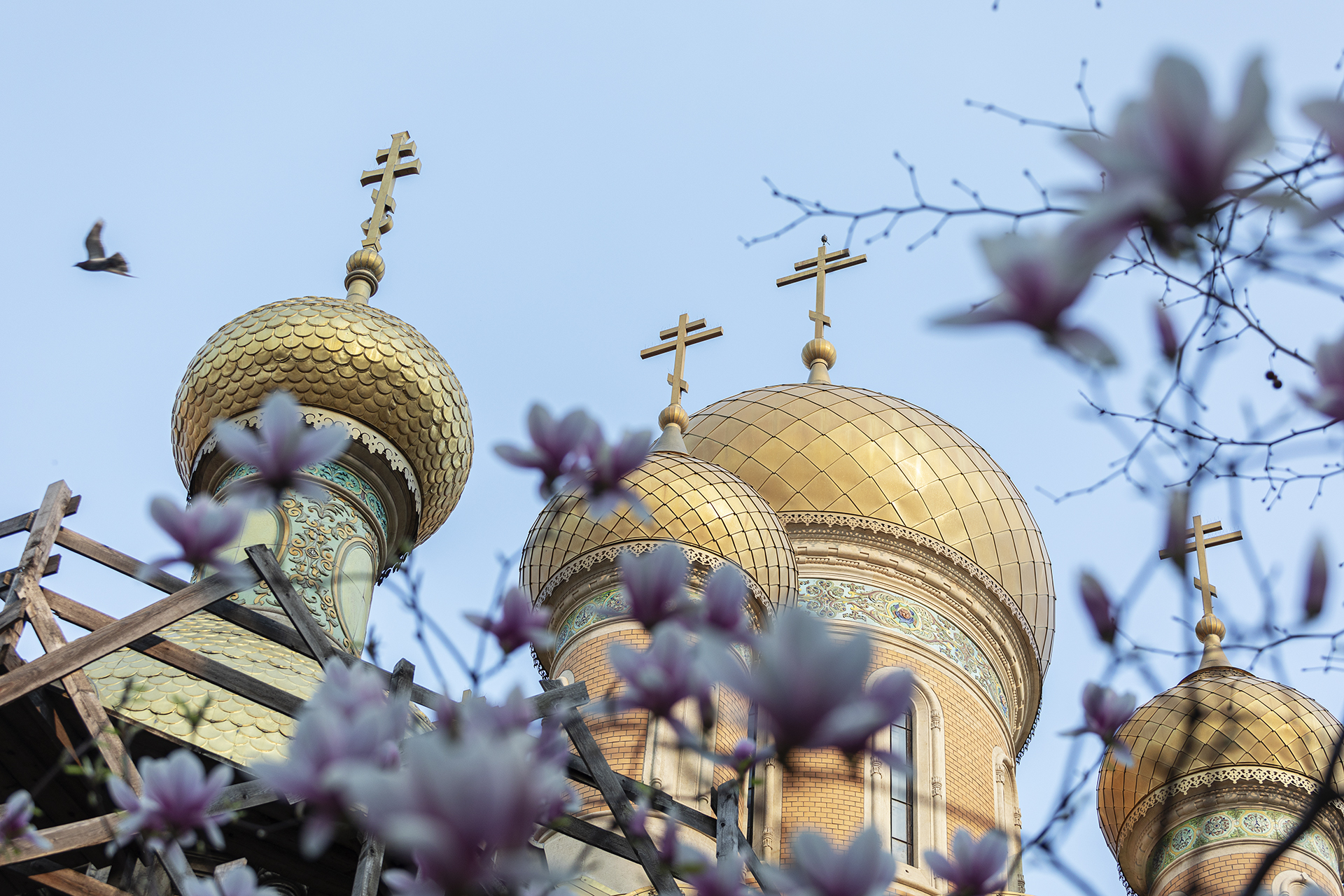


Superlatives of St. Nicholas Church, University Chapel:
- it is Romania’s first university chapel after 1990
- it is the first place of worship in Romania to which a fragment of the relics of Saint Silouan the Athonite was brought in 1992
- it is the last foundation of the Romanov Tsars
- it is the first church in Romania to have a copy of the icon of the Panagia Pantanassa, donated in 2002 by the abbot Ephrem of Vatopedi
- it is the only historical monument in Romania that still preserves elements of the authentic Russian style from the beginning of the 20th century
Source: paraclisuluniversitar.ro & “Bisericii Sf. Nicolae – Paraclis Universitar” booklet
Photography courtesy of Basilica.ro / Raluca Ene
Follow us on Twitter: @BasilicaPhotos & @BasilicaNews
